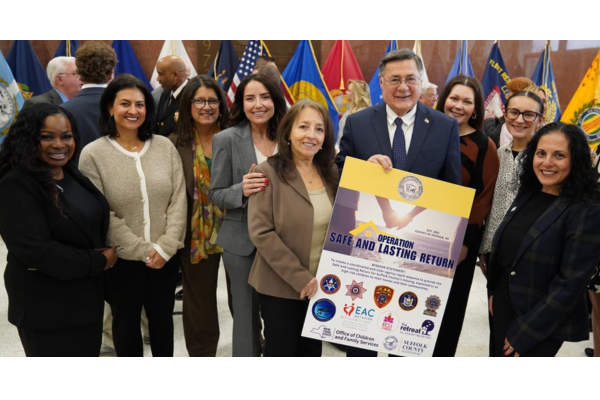Have you ever wondered why domestic violence agencies across the United States uniformly use the color purple to bring awareness to their cause? Different organizations use unique colors to highlight and market what they champion. Breast cancer uses pink, Livestrong cancer survivors wear yellow, domestic violence uses purple.
Why purple? For starters, it’s the color of royalty and who wouldn’t want to be associated with that? According to History.com, a purple tunic was selected as the royal uniform of the Persian king Cyrus. In Rome, many of the emperors chose to wear the color regularly, yet forbade their ordinary citizens from wearing purple clothing under penalty of death. The dye was incredibly difficult to manufacture, so supply of purple fabric was hard to come by and very expensive, thus reserved for the select few who could get their hands on it and afford it – mainly royalty.

However, the color purple became associated with the strength of women in the United States who fought to gain the right to vote in the early part of the 20th century. They chose the colors purple, white and gold to wear when they petitioned for their cause because those were the colors of the National Women’s Party.
In July 1978, more than 100,000 women marched on Washington, D.C. in support of equal rights and many of them wore purple and lavender to make a stronger visual impact as they assembled in support of their cause.
The U.S. Military awards a purple heart to those who have been wounded in service. According to Assemblyman Angelo Santabarbara, “for survivors of Domestic Violence, who may also be wounded both physically and emotionally, the color is meant to be a symbol of peace, courage, survival, honor, and dedication to ending violence.”

For the reasons listed above, not to mention the fact that purple has been associated with women for many years, purple was selected as the color to promote awareness for the first Domestic Violence Day of Unity in October 1981. Eventually, this Day of Unity turned into an entire Month in 1987 and two years later, Congress passed legislation designating October Domestic Violence Awareness Month. Since then, purple has become universally used in almost all nonprofits that support survivors of domestic violence.
The third Thursday of October has now become nationally recognized as Purple Thursday where people nationwide are encouraged to wear purple to increase awareness for domestic violence. It is also an easy way for people to show their commitment to promoting healthy relationships. So, if you don’t own anything purple in your wardrobe, time to start shopping before October rolls around!
Sources:
https://www.domesticshelters.org/articles/ending-domestic-violence/the-color-purple
